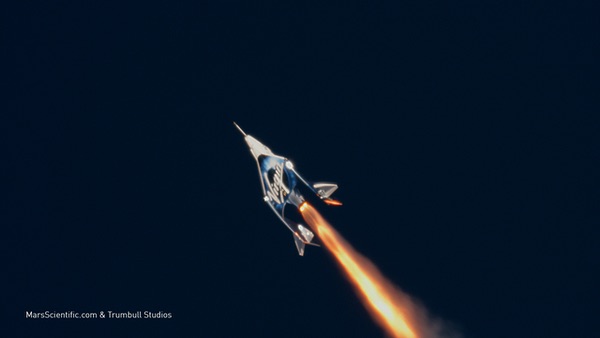Why I’m flying to space to do research aboard Virgin Galacticby Alan Stern
|
| It represents a normalizing of research in space to be more like other research disciplines, such as field geology, oceanography, and volcanology, where researchers do their work themselves in the field, rather than designing, building, and testing robots to go in their stead. |
For over a decade now, it’s been recognized that these new vehicles can do much more than just take tourists to space—their original purpose. They also allow scientists and engineering researchers alike to routinely and relatively inexpensively travel into space to do their work.
In October, NASA announced the first selection of a scientist to conduct research aboard a commercial spaceflight mission. I am that scientist, and I will be flying aboard Virgin Galactic’s SpaceShipTwo.
On that flight, which will reach altitudes of more than 90 kilometers, I’ll be conducting experiments to further both astronomy and space life sciences.
This is a game-changing move by NASA. Why? Because it represents a normalizing of research in space to be more like other research disciplines, such as field geology, oceanography, and volcanology, where researchers do their work themselves in the field, rather than designing, building, and testing robots to go in their stead. The end result of this important evolution will be beneficial in many ways.
The most direct benefits will be cost savings, reliability increases, and much faster development and turnaround times for the kinds of space experimentation suitable for these vehicles, compared to what automated, robotic experiments have traditionally allowed. But important indirect benefits will also accrue, such as improving the experimental results by putting human judgment in the loop, rather than software, and by creating researchers who have flown in space as classroom role models to help inspire the STEM education that is so integral to our tech economy.
As a first, my upcoming research spaceflight flight for NASA will represent a long-awaited breakthrough, but it is only a beginning. The new administration and Congress should fund NASA to select many more researchers to conduct their research in space this way. That would greatly further the evolution of space research from its 20th century roots, using robotics as proxies for research scientists, to a 21st century future of routine and productive work by researchers themselves at work in space.
Note: we are temporarily moderating all comments submitted to deal with a surge in spam.
